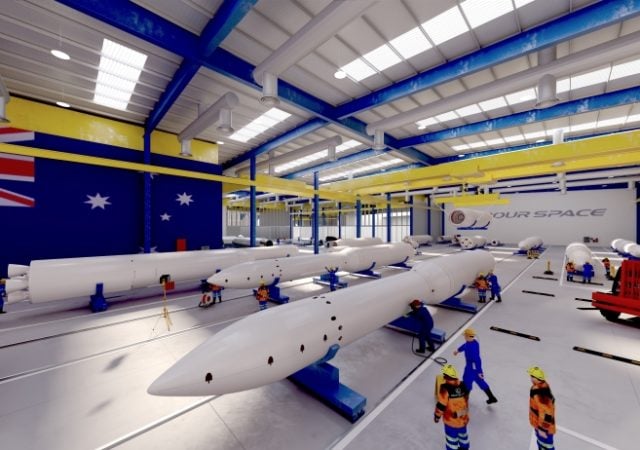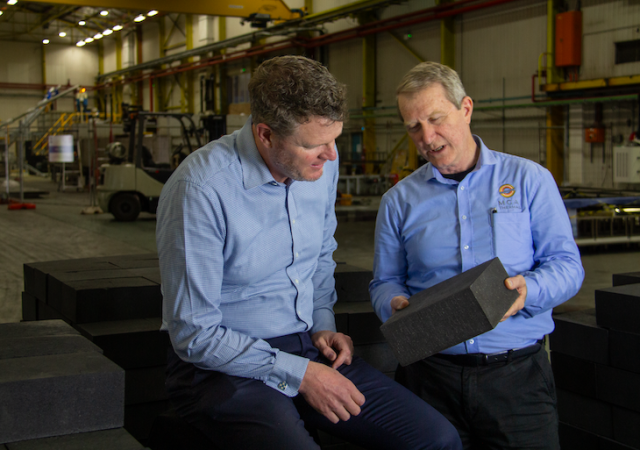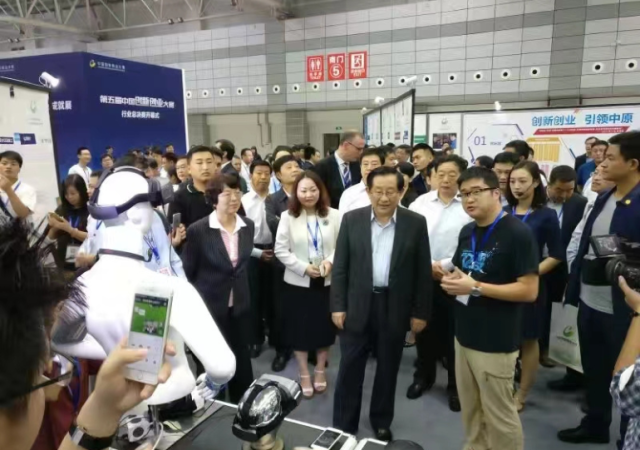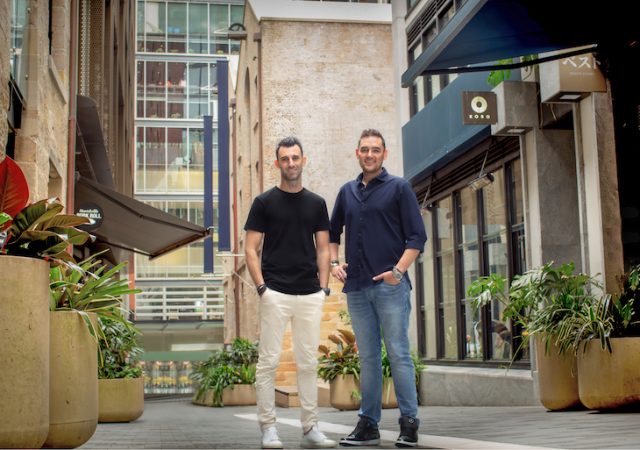In July last year, Brisbane-founded, US-based workplace productivity software startup Skedulo announced a A$100 million (US$75m) Series C from Japanese VC powerhouse SoftBank. In this special behind-the-scenes analysis, founder and CEO Matt Fairhurst and Skedulo chief of staff Nathan Merzvinskis reveal how they built the strategy behind the raise.
You’ve made it — almost. Your startup has completed several rounds of successful fundraising and you’ve started to turn a profit.
Now you’re looking to supercharge your company’s growth with a series C or D round of fundraising.
While not wholly unlike early-stage fundraising, the stakes are higher with late-stage fundraising. The average series C round results in $50 million in funding, which is double the average series B funding amount. This level of investment brings new types of investors to the table and can significantly affect the future of your business.
Earlier this year, our company, Skedulo, secured US$75 million in a series C round of fundraising, which we attribute to our thorough preparation, deliberate strategy and momentum as a company. We’ve condensed our learnings to help you understand the unique characteristics of late-stage funding as you work to develop your own funding strategy.
Key differences in early vs. late-stage fundraising
Like the early stages of raising venture capital, you need to go into late-stage funding rounds with a plan. But there are some key differences in series C and series D fundraising that you need to know:
- It’s no longer all about your story: Early-stage fundraising is all about the founder’s ability to prove themselves and the value of their idea. In late-stage funding, your “idea” is now a fully fleshed out business with a proven track record of success. You’re likely ready to expand into new markets or product categories. Potential investors are going to be much more interested in quantitative data points like revenue, gross margin and expected growth than your ability to be impressive.
- You’ve already gotten investors’ attention: During seed funding and series A, you’re vying for potential investors’ attention. But by the time you’re raising a series C or D, your business has earned some clout within the venture capital community. Instead of finding and approaching investors, investors will very likely find you — whether they’re genuinely interested in partnering with your business or have just heard your name. While this reversal can be exciting for a founder, if you don’t narrow your focus it’s easy to bark up the wrong tree and waste your time.
8 tips for series C (and beyond) fundraising
To ensure your late-stage funding round is both successful and aligned with your company’s goals for growth, you’ll want to begin the process with a well-developed strategy. Whether you’re a founder, CEO or a supporting staff member, the following tips can help you make the most of a series C or series D fundraising round.
Pre-meeting, research phase
The pre-meeting phase is all about targeted preparation. During this stage we put together our pitch decks, key financial information and a list of investors we wanted to focus on.
- Form a team: Given the significant amount of capital that’s potentially involved in late-stage fundraising, it’s more important than ever to personalize each interaction with investors. Because of the heavy amount of research and preparation the process requires, we created a dedicated team to focus on fundraising for the first time in Skedulo’s history of raising capital.
- Narrow your focus: As mentioned earlier, in late-stage fundraising you have the upper hand, so it’s important to be selective about the firms you invest time in. Start by creating a list of investors with whom you, your board and your previous investors have a relationship. Make sure the people you’re targeting have a track record of helping companies in your space and seek out the expertise that will help you achieve your next stage of growth (e.g., an IPO or international expansion).
- Be strategic and organized in outreach: If you’re involving stakeholders from across the company to conduct outreach, be sure to provide them with adequate support and coordination. If the outreach process is disorganized, it’s easy to drop the ball and annoy potential investors. Once we narrowed down our potential investor list, we used our team’s connections to start conversations and made outreach as easy as possible for them. We also created a spreadsheet to help keep everyone on our team organized, assigned introductions based on existing relationships and created a templated introduction email.
- Lean on your previous partners: Use your previous investors’ knowledge and expertise to your advantage. We leaned heavily on our partners to practice pitching and solicit feedback. Their perspective helped us fine-tune our deck, prepare for possible questions, collect the right metrics and hone in on key messaging that was likely to resonate with potential late-stage investors.
Active pitching, meeting phase
Once you’re done with research and preparation, it’s time to meet with investors. This phase of the fundraising process will move forward much more rapidly and requires you to be agile.
- Connect the data to your story: While hard data points are helpful (and necessary) in late-stage fundraising, it’s still important to use the data to tell a story. As a software as a service (SaaS) company, the metrics our investors were interested in included our annual recurring revenue (ARR) and average ARR per full-time employee. But these numbers alone don’t explain why we’ve been successful and where we see ourselves going in the future.
- Be intentional about timing: Try to keep all investor conversations at the same stage as you move through the process. The venture capital community is a relatively small group, so if one investor discovers you’re much further along in the conversation with another investor (even if it’s unintentional), the relationship could sour. We conducted all of our pitch meetings during week one, followed up with interested investors in week two and had final stage conversations in week three. You don’t want to miss out on a relationship with your dream investor or get tied to a less-than-ideal partner because of bad scheduling.
- Always follow through: It’s OK if you don’t have all the answers during investor meetings, especially since questions tend to be about financial modelling or historical data. But your ability (or inability) to follow up and thoroughly answer their original questions speaks volumes to potential investors. A designated note-taker can jot down questions and either route answers to you later in the meeting or help you source them in a follow-up communication.
- Pool knowledge: During this process, investors will likely have similar questions, so pooling your team’s knowledge will help streamline communication. We created a master, vendor-neutral Q&A document and assigned responses to the most relevant team member. Once answered, we then personalised the responses to each investor. This process enabled us to handle investor inquiries quickly and efficiently.
Fundraising isn’t easy, but who said it has to be hard?
Navigating the world of venture capital can be challenging. And the stakes are high — for late-stage funding in particular, the investors you move forward with are likely to stay with the company long term.
But with thoughtful preparation, a strong support system and a well-organised strategy, series C fundraising can also be an exciting and fruitful journey.
Take it from someone who’s been there before: The stronger the strategy, the sweeter the reward.




















Trending
Daily startup news and insights, delivered to your inbox.